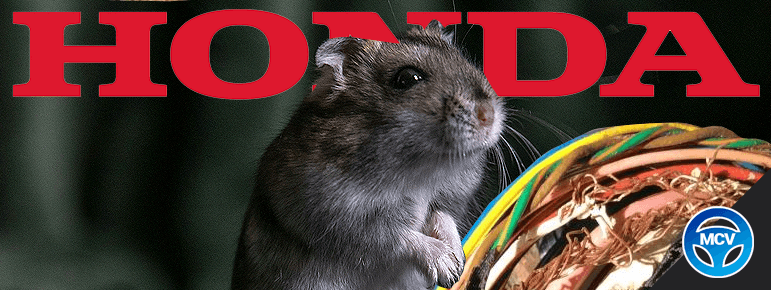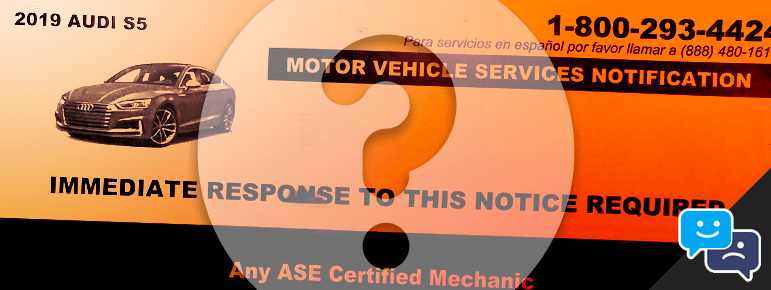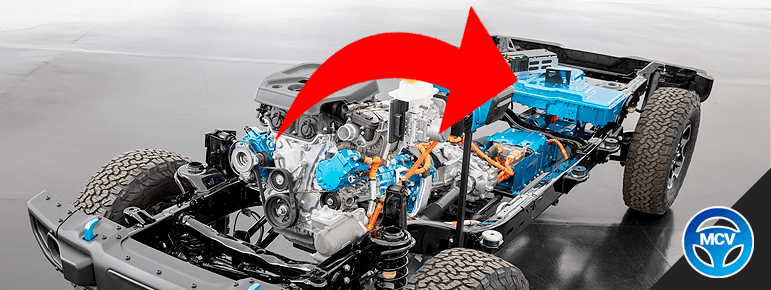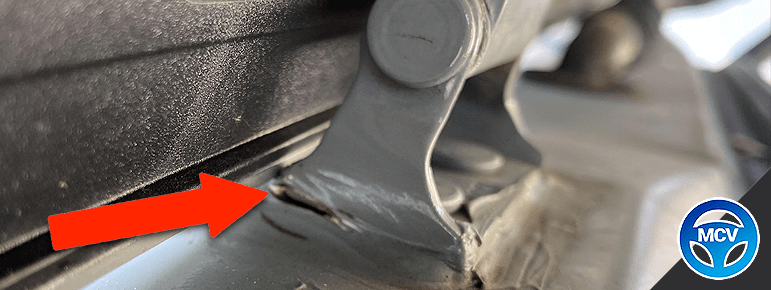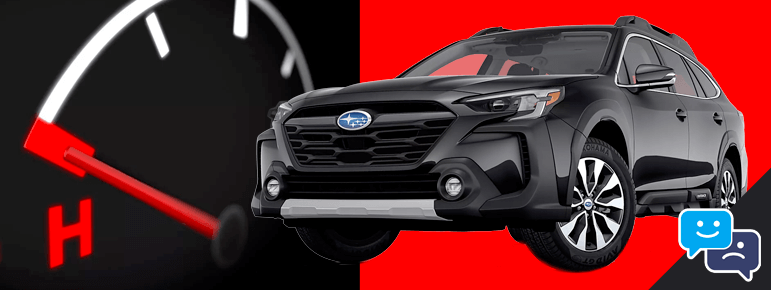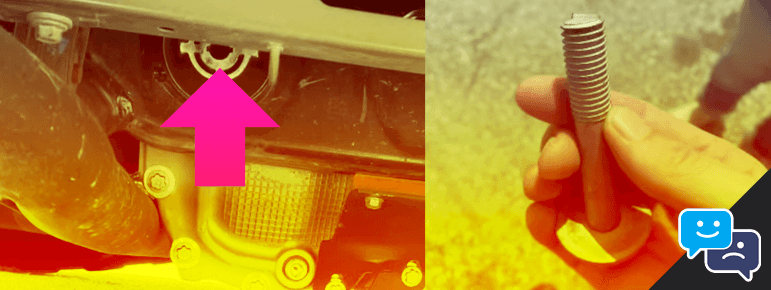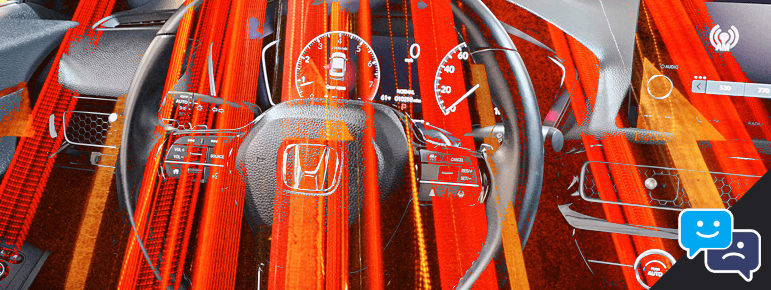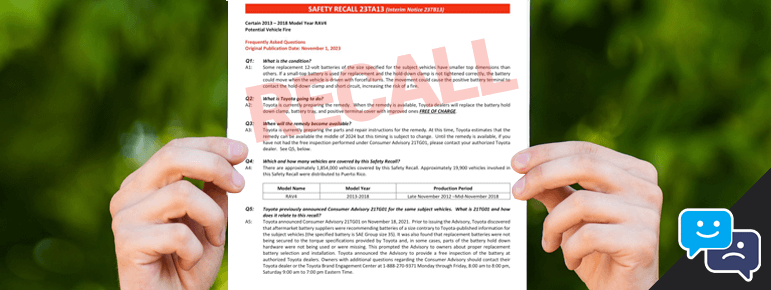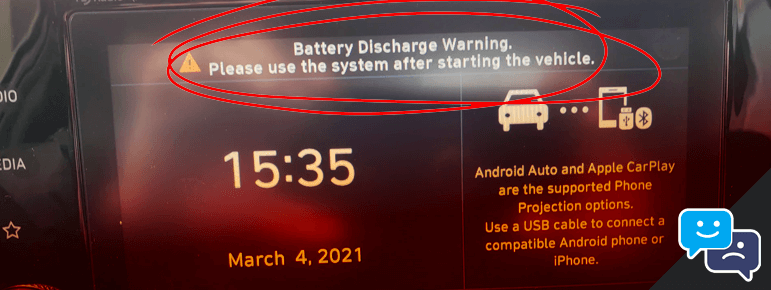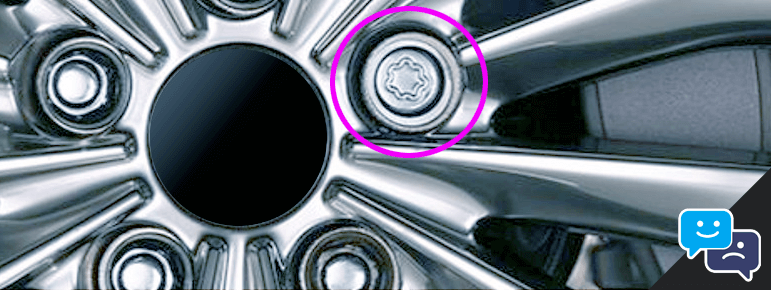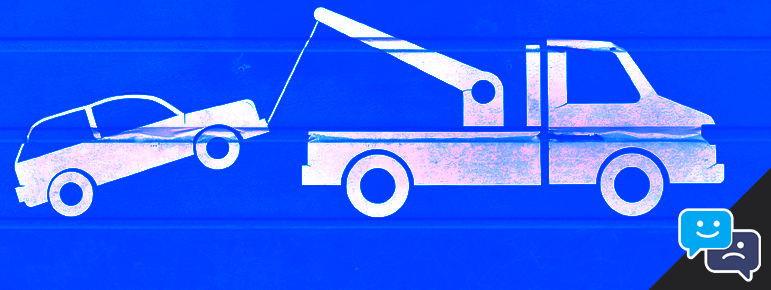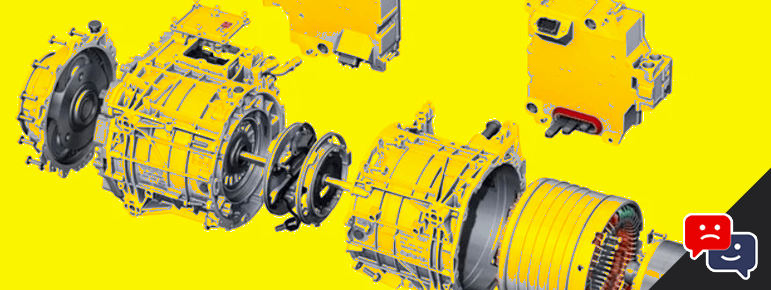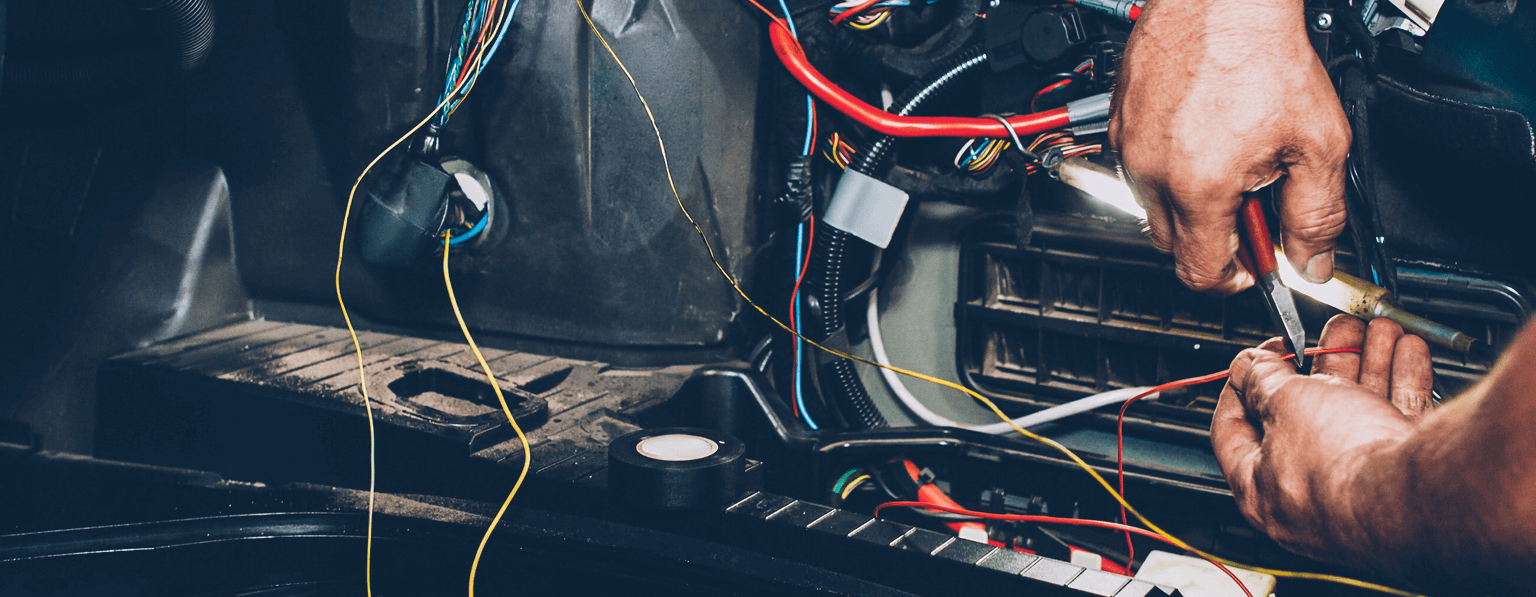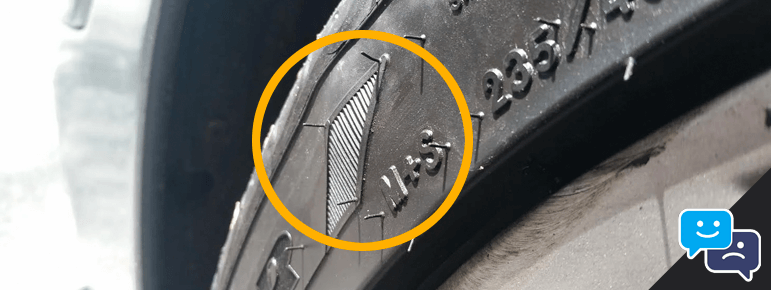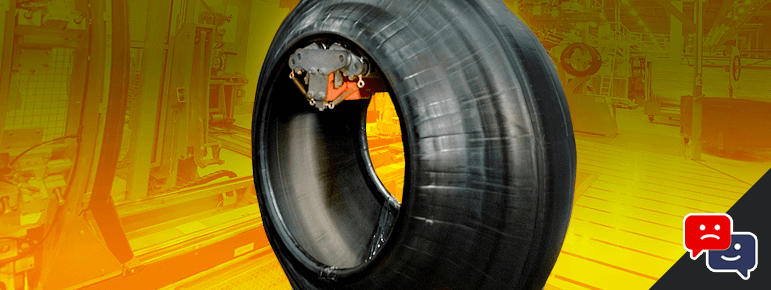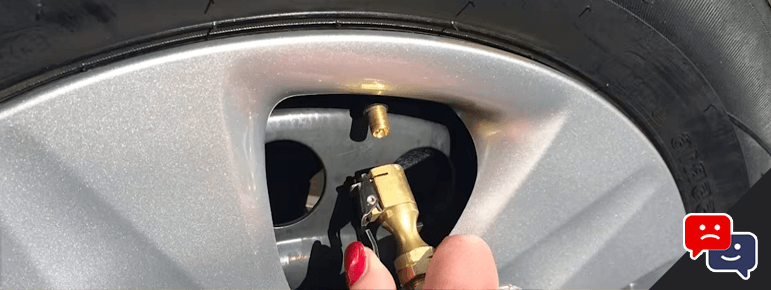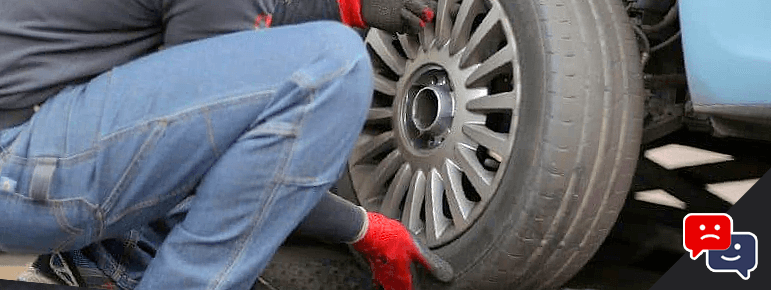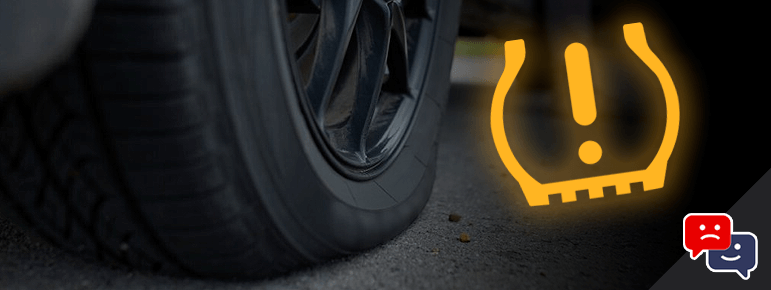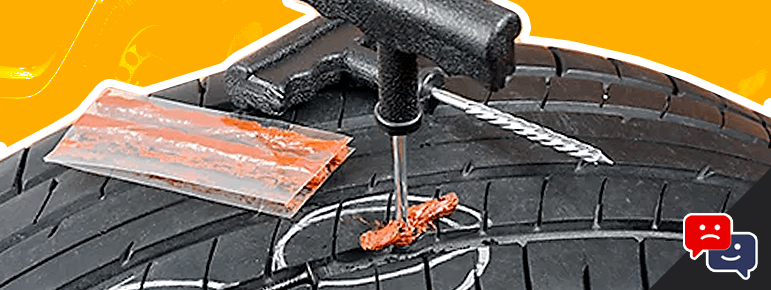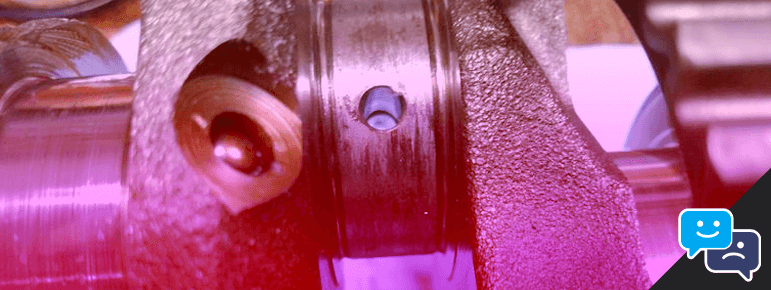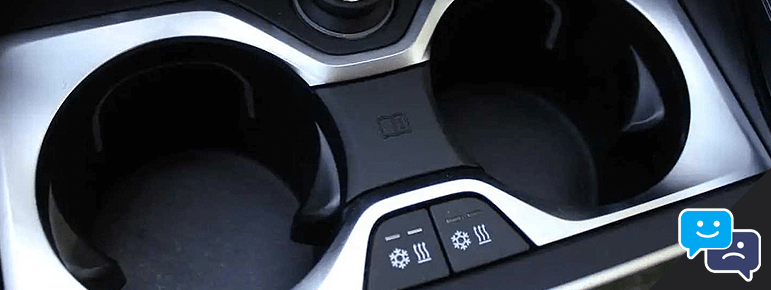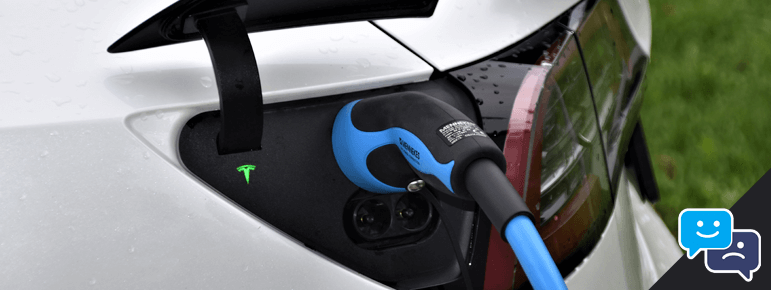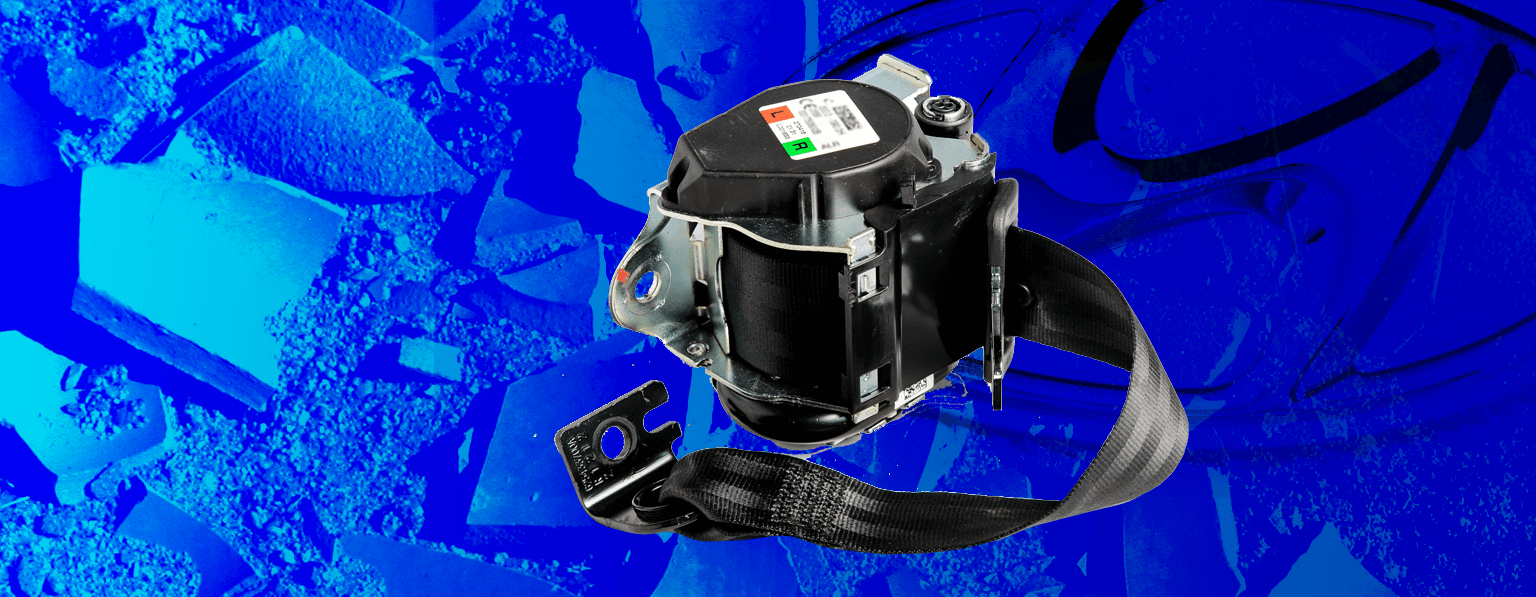What Are Your Rights If A New Car Is Faulty?
Key Takeaways Consumer Rights Act Protection: The Consumer Rights Act 2015 provides crucial protection for…
Vehicle Services Division Letter. What You Need To Know
Had a ‘Vehicle Services Division’ letter land in your mailbox? It isn’t uncommon. These letters…
Lemon Law For Used Cars: Your Rights and Protections Explained
Buying a used car can feel like risky business. Many prospective buyers wonder, does the lemon…
How Do I Know If My Car Needs A Software Update?
Key Takeaways Why Updates Matter: Software updates fix bugs, improve car performance, and boost security…
Do Car Recalls Have To Be Done At The Dealership?
If you own a car, there’s a good chance it will eventually be subject to…
Do Car Recalls Expire?
If you’ve ever been the unfortunate recipient of a car recall, you might be wondering…
Class Action Lawsuits
Rats, Rights, and Automobile Wrongs: The Unusual Case Against Honda
In a recent lawsuit, American Honda Motor Co. Inc. found itself in the spotlight over…
Jeep Wrangler 4xe Fire Hazard Lawsuit Unveiled
2021 to 2023 Jeep Wrangler 4xe owners have found themselves grappling with a troubling safety…
Toyota RAV4 Liftgate Problems Leads to Lawsuit. Here’s What You Need to Know
Key Takeaways Safety Risk from Defective Design: Toyota RAV4 models from 2014 to 2021 have…
Subaru Thermo Control Valve Lawsuit: Key Facts and Driver Impact
Imagine setting off on a routine drive in your trusty Subaru, only to be stranded…
Hyundai Oil Pump Problems Leads To Lawsuit. Are You At Risk?
Hyundai Motor America is currently in the legal crosshairs following allegations of a malfunctioning oil…
Toyota Tundra Fuel Line Problems Lawsuit. Is Your Truck Safe?
Imagine hitting the road, and unbeknownst to you, your Tundra’s fuel line is silently dripping…
Acura RDX Glass Shattering Lawsuit: From Complaints to Courtroom
Picture this, you’re comfortably seated in your Acura RDX when unexpectedly you hear “pop” of…
Hyundai, Kia Charging Problems. Lawsuit Shines A Light On EV Charging Glitches
Hyundai and Kia, two major players in the electric vehicle market, are currently embroiled in…
Ford Escape, Maverick, Corsair 2.5 Engine Problems Lawsuit
Owners of Ford Escape, Maverick, and Lincoln Corsair are pursuing legal action against Ford due…
Ford Explorer Rear Subframe Problems Leads To Two Class Action Lawsuits
Two class action lawsuits have been filed against Ford alleging problems with the 2020 to…
2022-2023 Honda Civic Electric Power Steering Problems Sparks Lawsuit. Sticky Steering Explained
Key Takeaways Lawsuit against Honda: Owners of 2022-2023 Honda Civics allege defects in the electric…
Class Action Lawsuit Over Nissan Rogue Gas Smell and Oil Dilution Problems
If you own a 2021-2023 Nissan Rogue, you may have noticed an unusual gasoline smell…
Car Advice
Is Auto Start-Stop Bad For Your Engine? Debunking Common Myths
Key Takeaways Auto Start-Stop Engine-Friendly: Designed with durable components to withstand frequent starts and stops,…
2020-2023 GMC Terrain & Chevy Equinox Fuel Pump Problems Explained
Are you driving a 2020-2023 Chevy Equinox or GMC Terrain and noticing some odd behavior…
Navigating Car Recalls: Essential Questions to Ask Your Dealership
Receiving a notification that your car is subject to a recall can be an unsettling…
Understanding Battery Discharge Warning: Causes And Solutions
Have you ever seen a battery discharge warning light up in your car? This little…
What Are Wheel Locks?
Wheel locks are anti-theft devices that replace standard lug nuts on vehicle wheels with a…
How To Stop Windshield Crack From Spreading
To stop a windshield crack from spreading, use temporary fixes like superglue, clear nail polish,…
What Does EV Compatible Tires Mean?
Are you puzzled by the label ‘EV compatible tires’ and wondering what it all means?…
Can You Return A Problem Car?
Find yourself frantically searching, “Can you return a car if it has problems” or “Can…
Ford Escape Years To Avoid
Key Takeaways Ford has issued a recall for certain Ford Escape vehicles due to engine…
Car Repossession Loopholes: Understanding Your Rights
Key Takeaways Know Your Rights: Federal and state laws protect you from unfair repossession practices,…
How Long Can A Dealership Hold Your Car For Repair?
Owning a vehicle comes with the responsibility of maintenance, and occasionally repairs are needed. Did…
Buick Enclave Years To Avoid
Buick Enclave is a highly-sought luxury three-row midsize SUV that has been a part of…
EV Guides
Do Electric Cars Have Catalytic Converters?
Electric cars run much differently than internal combustion engines and operate by a whole new…
Do Electric Cars Have Transmissions?
There’s always something new to learn in the world of automobiles, and electric vehicles (EVs)…
Do Electric Cars Use Oil? Surprising Facts
Electric cars, for the most part, operate similarly to gas-powered vehicles, with a few notable…
Do Electric Cars Have Good Resale Value?
Key Takeaways Electric cars depreciate faster than gas-powered cars, with most EVs losing over 50%…
How Far Can An Electric Car Go On One Charge? Explained
Electric cars are becoming increasingly popular, but many potential buyers are concerned about how far…
Why Are Electric Cars So Expensive? And When to Expect Prices to Fall.
You’ve probably seen more electric cars on the road lately, but if you’ve seen the…
Are EV Tires More Expensive Than Conventional Car Tires?
If you’re thinking of buying an electric vehicle (EV), you might be wondering if EV…
Are Electric Cars Good For Long Commutes?
Electric cars are supposedly the way of the future, and allegedly a lot more green…
Are Electric Cars Less Maintenance?
In the modern age of transportation, electric cars (EV) have become a popular method of…
Are Electric Cars Safer Than Gas Cars?
Transportation as we know it is changing. Electric vehicles (EVs), which run on just electricity,…
Should a Low Mileage Driver Buy an Electric Car?
One of the biggest questions people have is whether or not it’s worth buying an…
tire Guides
How Long Does A Tire Rotation Take?
We get it – you have a busy weekend planned, but need your tires rotated. So,…
How Far Can You Drive On A Spare Tire? Tips For Safety
Finding yourself with a flat tire is stressful, and you might be wondering how far…
Bubble in Your Tire? Here’s Why You Should Take Action
Having a bubble in your tire may seem like a minor issue, but it can…
Low Tire Pressure Light: Why Its On and How to Fix
Imagine this – you are peacefully driving your vehicle and suddenly the low tire pressure…
Why Are Tires So Expensive?
Tires are an essential component of automobiles, but if you’ve ever had to replace one,…
How to Take Air Out of Tire. Quick Tips
An overinflated tire is a hazard on the road, but if you need to take…
Is Tire Rotation Necessary?
Rotating your tires is a commonplace maintenance habit for sensible drivers around the 5000-mile mark.…
How Long Can You Drive with Low Tire Pressure?
Driving with underinflated tires is never ideal, but if you should need to, then it’s…
Can I Drive Long Distance with a Plugged Tire?
Driving with a plugged tire isn’t ideal, but if this inconvenience has hit you at…
Recent Settlements
Jeep “Death Wobble” Settlement Announced
Good news for Jeep owners affected by the alleged front suspension defect commonly referred to…
Toyota Addresses Airbag Control Unit Concerns: Settlement Covers Seven Vehicle Models
Good news for Toyota vehicle owners – a settlement has been announced for those affected…
Hyundai, Kia Engine Connecting Rod Bearing Failure Settlement Announced
Good news for Hyundai and Kia vehicle owners – a settlement has been announced for…
BMW Cup Holder Spill Settlement Announced
BMW owners, if you’ve experienced a messy cup holder disaster due to spillages of beverages…
Hyundai, Kia Engine Fire Settlement Announced – 2.1 Million Vehicles Affected
Are you a Hyundai or Kia car owner with a Theta II MPI, Nu GDI or Gamma…
Toyota Settles Defective Fuel Pump Lawsuit. Agrees to Pay $28.5 Million In Settlement Funds.
Is your Toyota or Lexus experiencing a rough idle, hard starts or stalling at low…
Industry
Your Privacy At Risk: ‘Kill Switch’ In All New Cars Sold After 2026
Imagine you’re driving on a quiet road when suddenly your car comes to a screeching…
EV Owners Report Declining Satisfaction with Home Charging Experience, J.D. Power Study Finds
Are you considering buying an electric car? If so, make sure to think about the…
Hyundai Vehicles Recalled Over Exploding Seat Belts. NHTSA Begins to Investigate Further
NHTSA issued a recall on May 19 for defective seat belt pretensioners that could explode…
Who Makes Electric Car Batteries, and Where Are They Made?
As electric cars become more popular, people are starting to ask questions about who makes…
